Pet Foods Packaging: Ensuring Quality and Convenience for Your Furry Friends
Pet owners around the world strive to provide the best care and nutrition for their beloved pets. One crucial aspect of pet care is selecting the right pet food and ensuring it stays fresh and nutritious. This is where pet foods packaging plays a vital role. In this article, we will explore the importance of pet foods packaging, its key features, and how it contributes to the overall well-being of your furry friends.
1. Introduction: Understanding the Significance of Pet Foods Packaging
Pet foods packaging serves multiple purposes beyond just containing the product. It plays a crucial role in preserving the quality, freshness, and nutritional value of pet food while also providing convenience for pet owners. Proper packaging ensures that the food remains safe from external contaminants, moisture, and oxidation, ultimately prolonging its shelf life.
2. The Role of Packaging in Preserving Pet Food Quality
Pet food quality is of utmost importance to ensure the health and well-being of pets. Packaging acts as a protective barrier, shielding the food from exposure to air, light, and humidity, which can degrade its quality. The packaging materials and design help maintain the freshness, flavor, and nutritional value of the pet food throughout its shelf life.
3. Key Features of Pet Foods Packaging
Effective pet foods packaging incorporates several key features to meet the unique requirements of pet food products:
Sealability: Airtight seals prevent moisture and oxygen from entering the package, preserving the freshness and quality of the pet food.
Durability: Sturdy packaging materials protect the food from physical damage during storage, transportation, and handling.
Tamper-Evident: Tamper-evident packaging ensures the integrity of the product and provides assurance to consumers about its safety.
Barrier Properties: Packaging materials with proper barrier properties prevent the transfer of odors, flavors, and contaminants, maintaining the purity of the pet food.
Resealability: Resealable packaging options allow pet owners to conveniently store the food after each use, keeping it fresh and reducing waste.
4. Different Types of Pet Foods Packaging Materials
Pet foods packaging is available in various materials, each with its advantages and suitability for different types of pet food:
Flexible Plastic: Widely used for dry and semi-moist pet foods, flexible plastic packaging offers excellent barrier properties and flexibility in design.
Metal Cans: Commonly used for wet pet foods, metal cans provide durability, protection from light, and airtight seals.
Paperboard: Used for dry pet foods, paperboard packaging offers recyclability, lightweight, and can be coated to enhance barrier properties.
Composite Materials: Combining multiple materials, such as plastic and aluminum, composite packaging provides a balance between durability, barrier properties, and convenience.
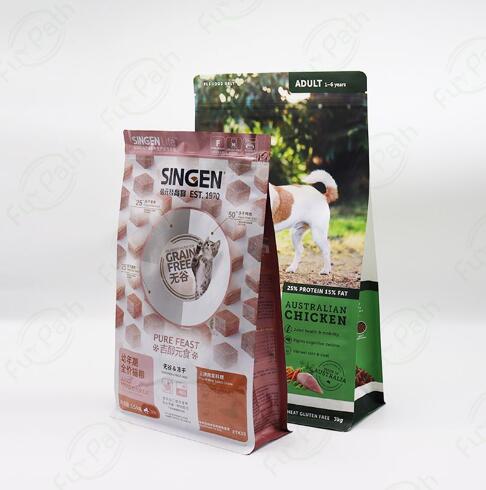
5. Packaging Design: Balancing Aesthetics and Functionality
The design of pet foods packaging plays a crucial role in attracting consumers and conveying essential information. A well-designed package incorporates appealing visuals, clear branding, and product information. It should also consider functionality, such as ease of opening, portion control, and resealability, to enhance the user experience.
Additional resources:Can you see through perforated vinyl at night?
Discovering the Eco-Friendly Side of Lamination
The future of recycling with eco-friendly laminating film: Is it time for a sustainable shift?
How can one-way vision window stickers provide privacy without compromising natural light?
Applications of Greaseproof Kraft Wrapping Paper
Exploring the Versatility of Dye Ink in Printing
Can black glass jars with lids be recycled?
6. Convenience and Portability in Pet Foods Packaging
Pet owners value convenience when it comes to pet foods packaging. Packaging that is easy to open, store, and handle makes feeding pets hassle-free. Additionally, portable packaging options, such as single-serve pouches or travel-sized containers, allow pet owners to provide their pets with nutritious meals even while on the go.
7. Ensuring Product Information and Transparency
Transparent and informative packaging is essential for pet owners to make informed decisions about the food they purchase for their pets. Clear labeling should include details about ingredients, nutritional content, feeding guidelines, and any special dietary considerations. Providing this information fosters trust and helps pet owners choose the most suitable food for their furry friends.
8. Packaging Innovations in the Pet Foods Industry
The pet foods industry continuously seeks innovative packaging solutions to enhance convenience, sustainability, and product freshness. Some notable innovations include resealable packaging with zip-lock closures, portion-controlled packaging, and packaging that can be easily recycled or composted.
9. Sustainable Packaging Solutions for Pet Foods
In response to growing environmental concerns, sustainable packaging solutions for pet foods are gaining popularity. These include using recycled materials, biodegradable or compostable packaging, and reducing packaging waste. Manufacturers and pet owners are increasingly opting for eco-friendly options to minimize their ecological footprint.
10. The Importance of Proper Storage and Handling
Even with the best packaging, proper storage and handling of pet food are crucial to maintain its quality. Pet owners should follow storage instructions, including storing the food in a cool, dry place away from direct sunlight and sealing it tightly after each use. Adhering to recommended storage practices ensures the longevity and nutritional integrity of the pet food.
11. Consumer Preferences and Trends in Pet Foods Packaging
Consumer preferences and trends in pet foods packaging are constantly evolving. Some notable trends include demand for transparent and sustainable packaging, portion-controlled packaging for accurate feeding, and packaging designs that align with pet owners' lifestyles and aesthetic preferences. Staying updated with these trends helps manufacturers cater to the evolving needs of pet owners.
12. Regulations and Standards for Pet Foods Packaging
Pet foods packaging is subject to regulations and standards to ensure consumer safety and product integrity. These regulations may include guidelines for labeling, nutritional claims, and packaging materials. Compliance with these regulations is crucial for pet food manufacturers to meet industry standards and build trust with consumers.
13. The Impact of Packaging on Brand Perception
Packaging plays a significant role in shaping consumers' perception of pet food brands. Attractive and well-designed packaging can create a positive first impression, conveying a sense of quality and reliability. Consistent branding across packaging also helps build brand recognition and loyalty among pet owners.
14. Choosing the Right Pet Foods Packaging for Your Needs
Selecting the appropriate pet foods packaging depends on various factors, including the type of pet food, storage requirements, product branding, and environmental considerations. Working closely with packaging experts and considering consumer preferences can help businesses choose the most suitable packaging solution for their specific needs.
15. Conclusion
Pet foods packaging goes beyond mere containment; it ensures the quality, freshness, and convenience of pet food products. The right packaging materials, design, and features contribute to the overall well-being of pets while meeting the expectations of pet owners. By embracing sustainable and innovative packaging solutions, the pet foods industry can continue to provide safe, nutritious, and appealing options for our furry friends.
FAQs
1. Can pet foods packaging affect the freshness and quality of the food? Yes, pet foods packaging plays a vital role in preserving the freshness and quality of pet food. Proper packaging prevents exposure to air, light, and moisture, which can degrade the food over time.
2. What should I look for in pet foods packaging to ensure its safety? Look for pet foods packaging that is tamper-evident, properly sealed, and made from safe materials. It should also include clear labeling with essential information about ingredients, nutritional content, and feeding guidelines.
3. Are there sustainable packaging options available for pet foods? Yes, sustainable packaging options for pet foods are becoming increasingly available. These include packaging made from recycled materials, biodegradable or compostable packaging, and packaging with reduced waste.
4. Can I reuse pet foods packaging for other purposes? It is generally recommended to use pet foods packaging only for its intended purpose due to potential contamination. However, certain packaging materials, such as plastic containers, can be repurposed for storing other items after proper cleaning and disinfection.
5. How should I store pet food to maintain its quality? Store pet food in a cool, dry place away from direct sunlight. Close the packaging tightly after each use to prevent exposure to air and moisture. Follow the storage instructions provided by the manufacturer for optimal results.
Are Glass Bottles Healthier Than Plastic?
Is it Better to Use Glass or Plastic Bottles?
IML Ice Cream Containers: Combining Functionality and Aesthetics
How to Use Microwave Greaseproof Kraft Paper Bags?
Applications of Retort Pouches
How is metallized paper produced?
Are child-resistant tins safe for children?
301
0
0
Related Articles
-
349
0
0
-
372
0
0
-
342
0
0
-
378
0
0
-
330
0
0
-
383
0
0
-
404
0
0
-
367
0
0

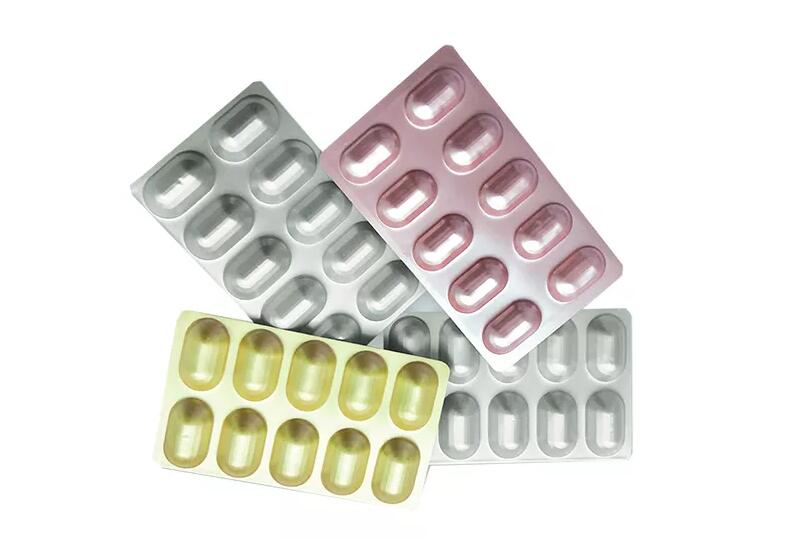
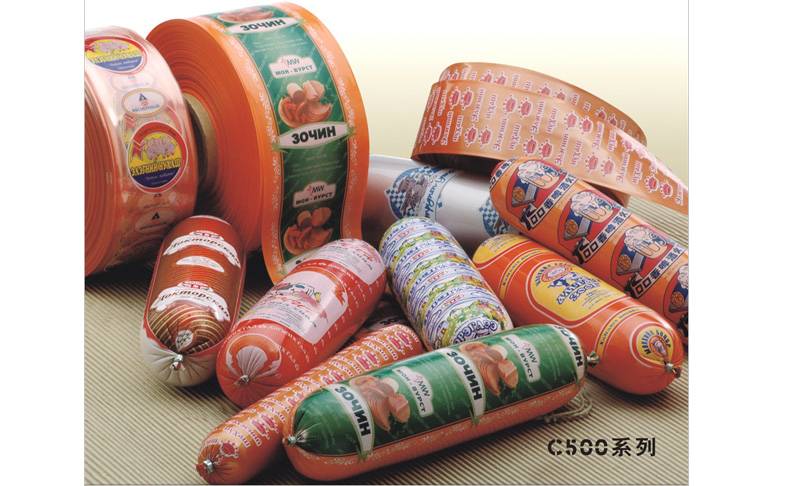
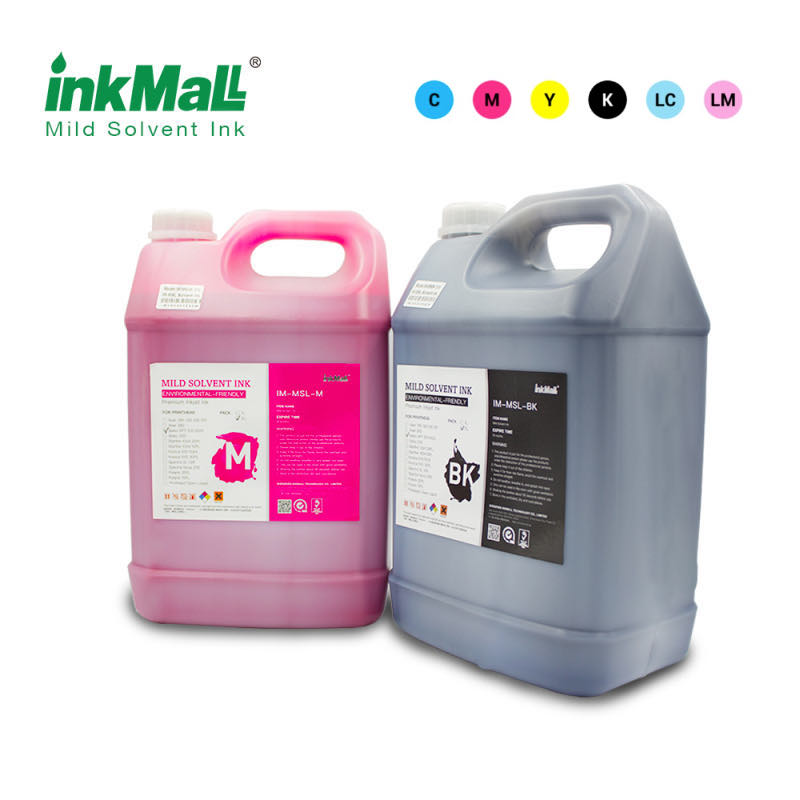
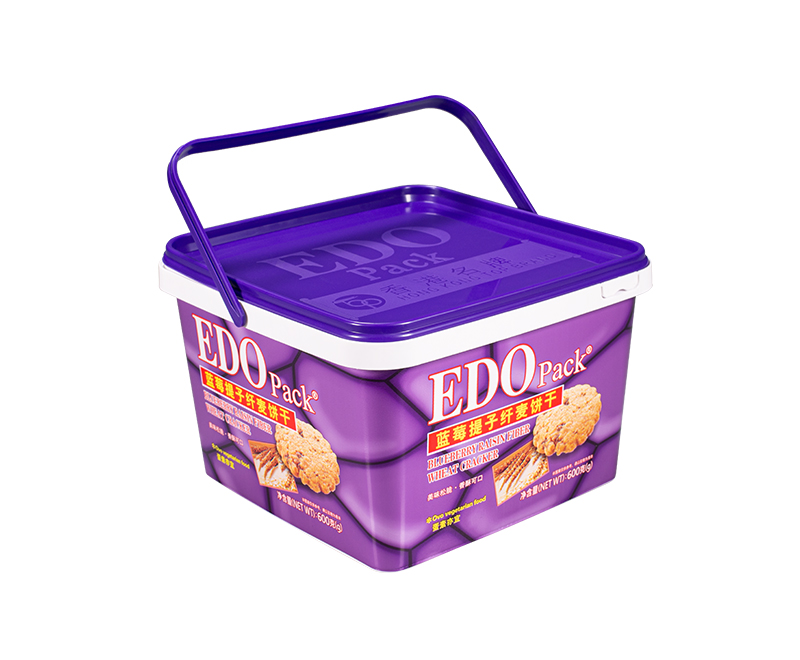
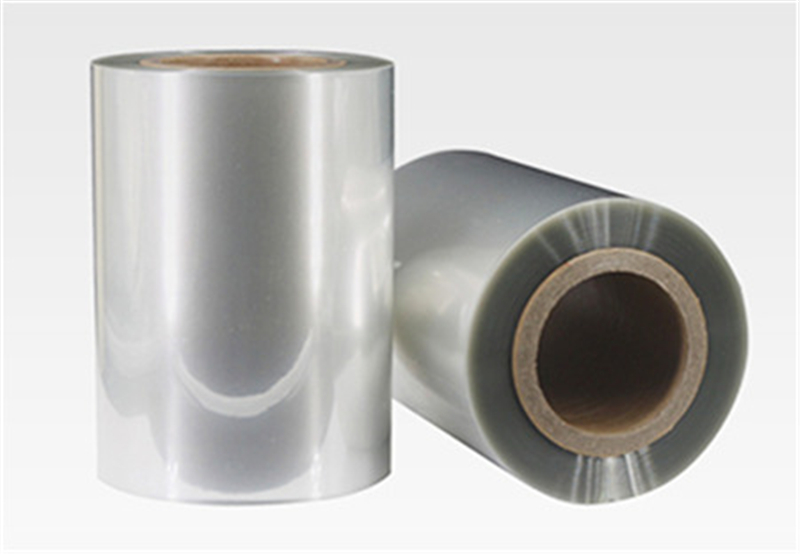

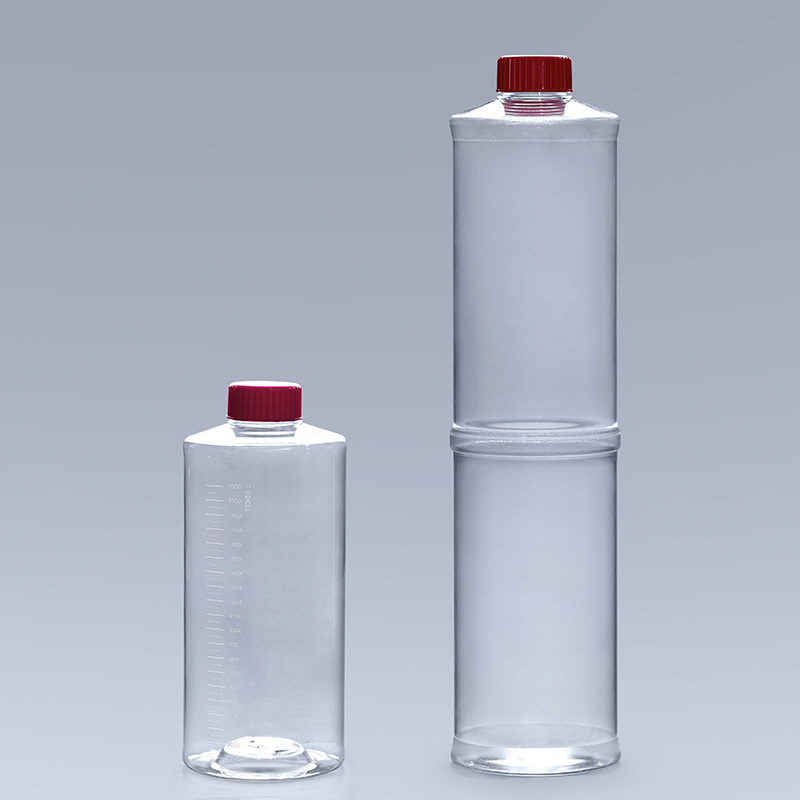
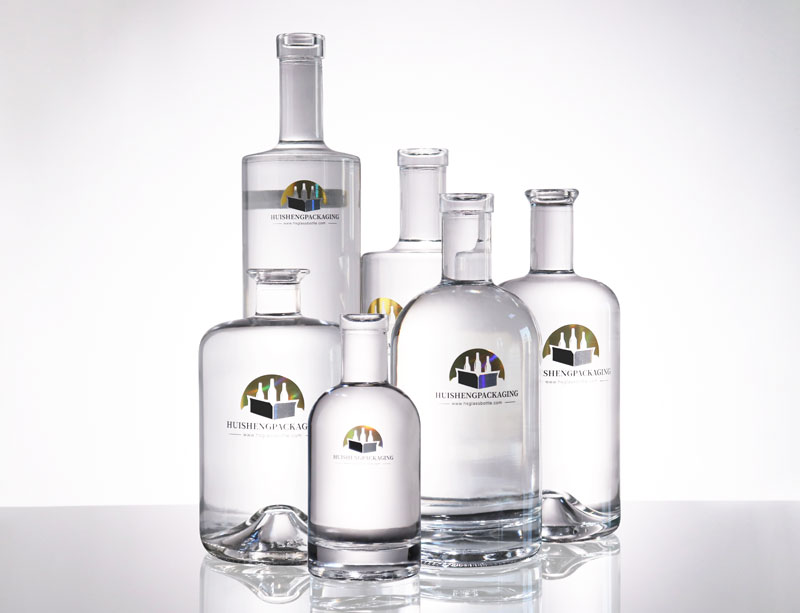
Comments
All Comments (0)